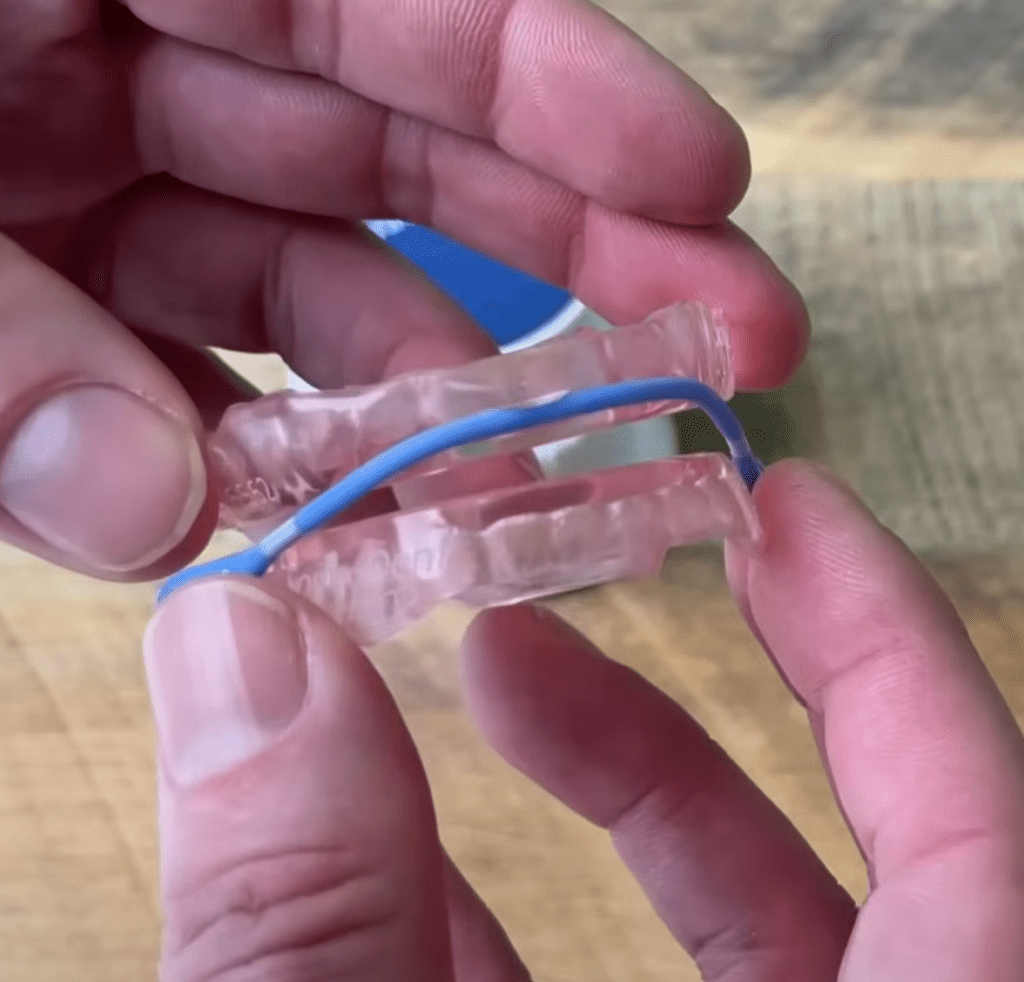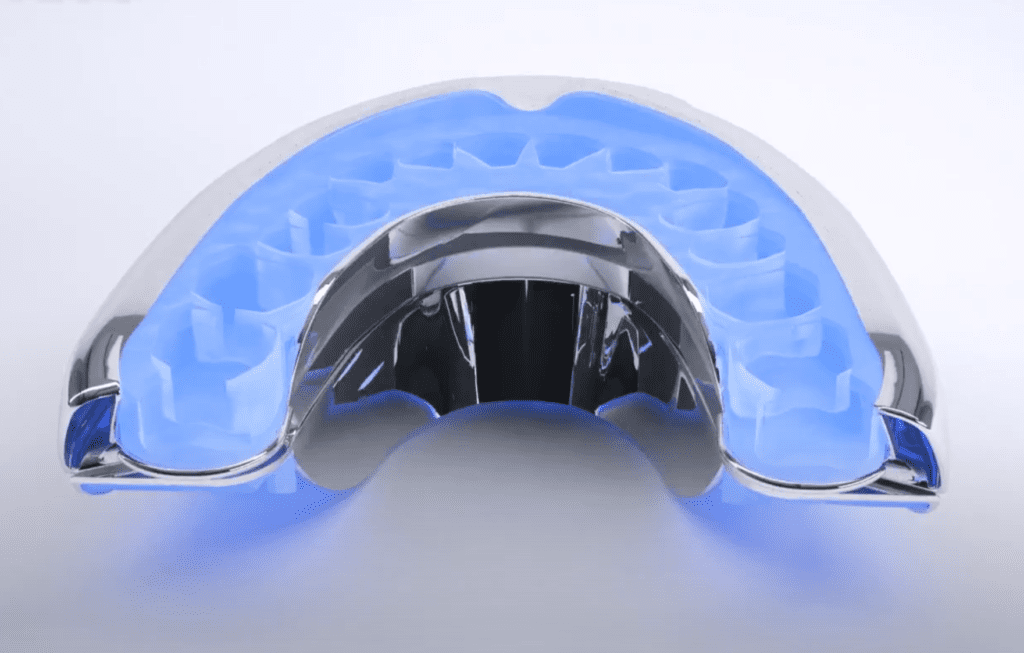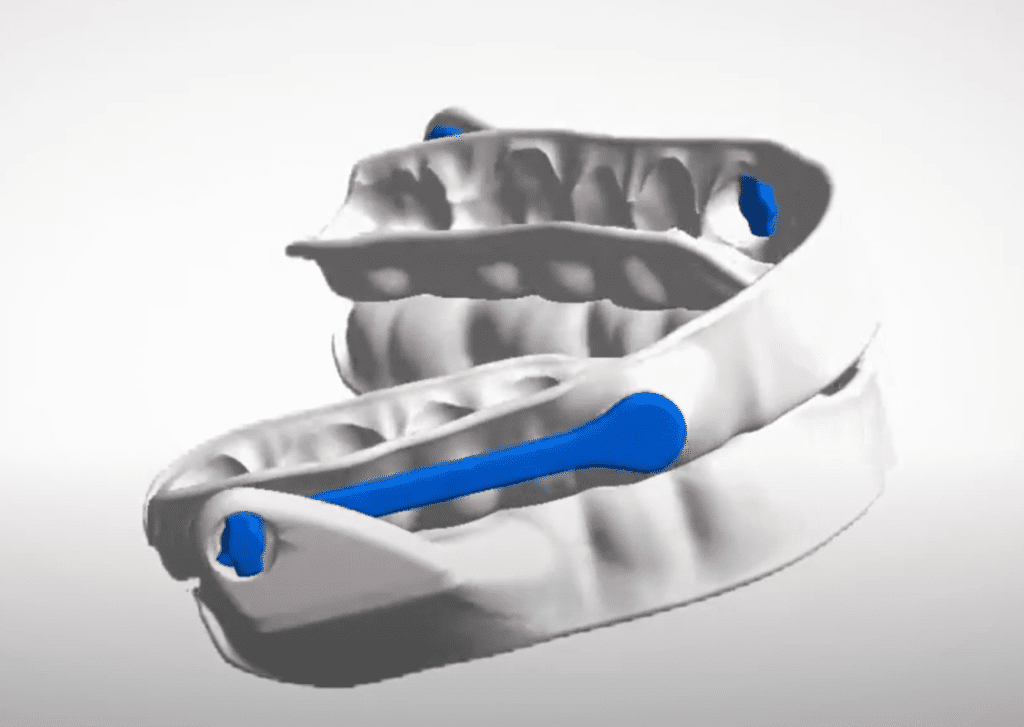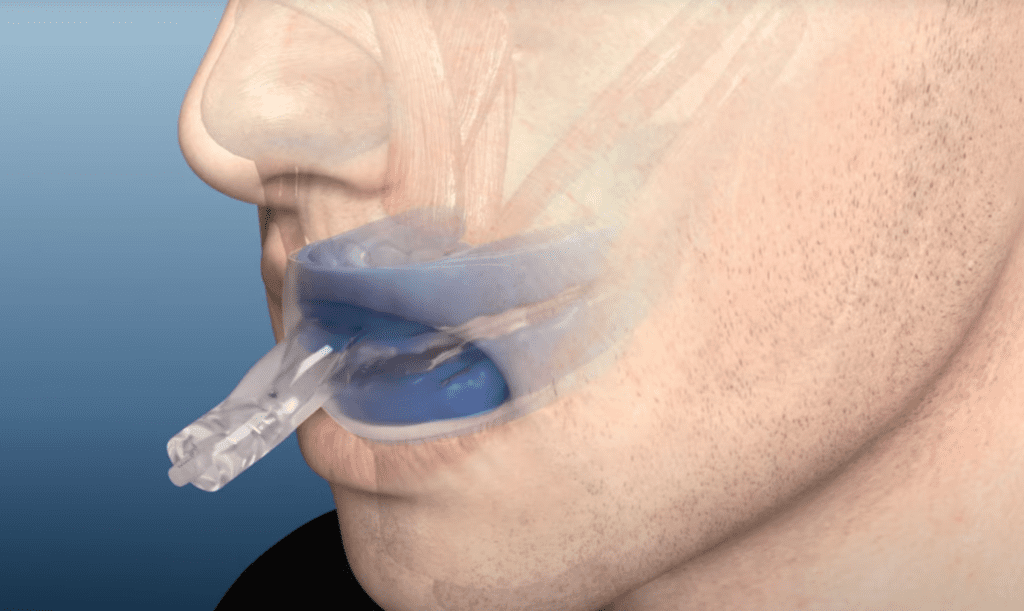Types of Oral Appliances for Sleep Apnea
Sleep apnea affects millions of Americans, interrupting peaceful nights and causing daytime fatigue. If you’ve been diagnosed with sleep apnea—particularly mild to moderate obstructive sleep apnea (OSA)—oral appliances might be your ticket to better sleep without the bulk and noise of a CPAP machine.
Let’s explore the wide variety of oral appliances available and how they can help manage sleep apnea.
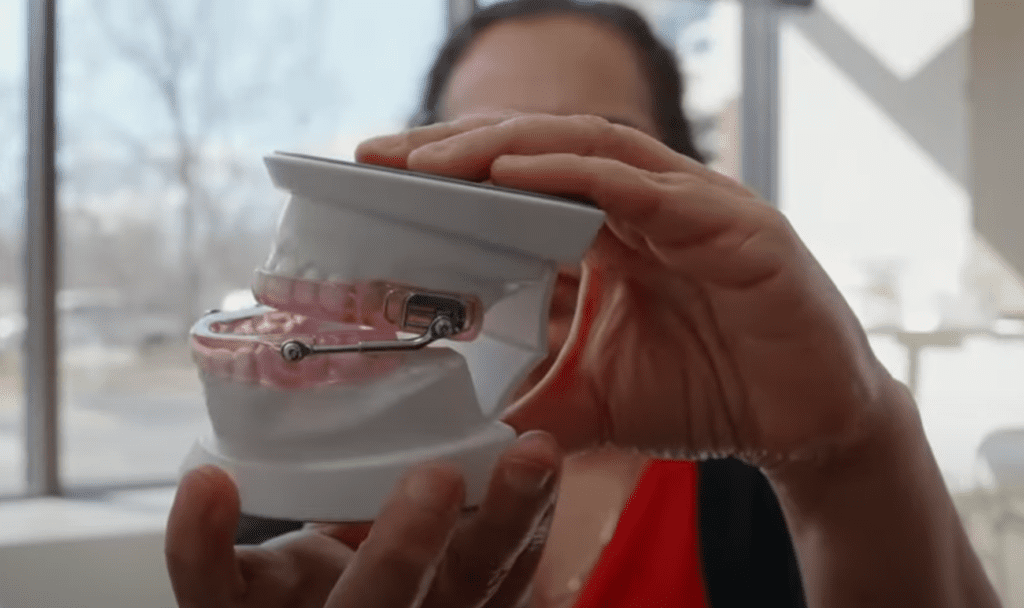
This post contains affiliate links. We may earn a small commission on qualifying purchases at no additional cost to you. Thank you for your support.
Understanding Oral Appliances
Simply put, oral appliances for sleep apnea are devices you wear in your mouth while sleeping. They reposition your jaw, tongue, or soft tissues to keep your airway open throughout the night. Think of them as nighttime mouth guards with a medical purpose.
Unlike CPAP machines (the traditional gold standard treatment), these devices are portable, quiet, and require no electricity—making them perfect for travelers and those who find CPAP therapy uncomfortable.
Main Categories of Oral Appliances for Sleep Apnea
Mandibular Advancement Devices (MADs)
Mandibular advancement devices are the most commonly prescribed oral appliances for sleep apnea. These devices work by:
- Holding your lower jaw (mandible) slightly forward
- Preventing your tongue from falling back into your throat
- Keeping throat muscles tense enough to maintain an open airway
Modern MADs come in various designs—from custom-fitted options created specifically for your mouth to adjustable over-the-counter versions. While custom devices fitted by dental professionals typically provide better results, the technology in OTC options has improved significantly in recent years.
Most patients adapt to MADs within a few weeks, though temporary morning jaw soreness is common during the adjustment period.
Tongue Retaining Devices (TRDs)
For those who can’t tolerate MADs or have dental issues that make them unsuitable, tongue retaining devices offer an excellent alternative. These devices:
- Use suction to hold your tongue forward
- Keep your airway clear without repositioning your jaw
- Generally cause less jaw discomfort than MADs
TRDs can be particularly effective for back-sleepers and those with mild to moderate sleep apnea. They’re also an option worth exploring if you wear dentures, as some MADs may not work properly without natural teeth.
Sleep Apnea Combination Therapy: Maximizing Treatment Effectiveness
Some patients benefit from combination approaches—using different oral appliances together or alternating with CPAP therapy. Your sleep specialist might recommend:
- Using an oral appliance on travel days and CPAP at home
- Combining an oral appliance with positional therapy
- Supplementing with lifestyle changes like weight management
For those seeking additional natural solutions, former U.S. Marine Zach Zenios’s “Breathing for Sleep” program uses a simple tongue technique that activates your “sleep nerve” to eliminate oxygen blockades caused by improper tongue positioning.
Learn more about how this natural 10-minute routine can complement your oral appliance here.
6 Best FDA-Approved Oral Appliances for Sleep Apnea Treatment
Let’s look at some specific devices that have proven effective for many sleep apnea patients:
SomnoDent Devices
SomnoDent offers several custom-fitted MADs, with the SomnoDent Fusion being their flagship model.
What sets these devices apart is their “SMH BFlex” technology that provides exceptional comfort while maintaining effectiveness.
Their devices feature a two-piece design allowing limited mouth opening and drinking while worn.
ProSomnus Sleep Devices
The ProSomnus EVO is among the thinnest custom oral appliances available, making it exceptionally comfortable for all-night wear. These devices use a precision-milled hard acrylic rather than the typical thermoformed material, resulting in a stronger, more durable appliance that requires less adjustment over time.
Panthera Dental D-SAD
This CAD/CAM nylon device is remarkably lightweight and strong. The Panthera stands out for patients with metal allergies and those who’ve found other devices too bulky. Its digital design process ensures a precise fit, and patients report excellent comfort levels even during the initial adjustment period.
Oventus O2Vent Optima
This unique device incorporates an airway channel, essentially creating a “breathing tube” that bypasses obstruction at the back of the mouth.
It’s particularly effective for nasal breathers and those who experience both nasal and throat obstructions.
The device is custom-made using 3D printing technology.
ResMed Narval CC
Developed by CPAP industry leader ResMed, the Narval CC is an ultra-lightweight (only 25g) device made from a biocompatible polyamide material.
Its flexible connecting rods provide lateral movement while maintaining proper jaw positioning, making it comfortable for side-sleepers.
Airway Management TAP 3 Elite
The TAP (Thornton Adjustable Positioner) Elite allows precise, single-point adjustment of jaw advancement.
This popular design has been around for years with continuous improvements, and many sleep specialists favor it for its reliability and adjustment capabilities.
Anti-Snoring Mouthpieces vs Sleep Apnea Devices: Which Works Better?
Many people confuse anti-snoring mouthpieces with sleep apnea oral appliances. While there’s overlap in their design and function, there are important differences.
Anti-snoring devices primarily address the noise issue without necessarily treating the underlying breathing pauses characteristic of sleep apnea. However, some devices can help with both problems. Popular over-the-counter anti-snoring options include:
SnoreRx Anti-Snoring Mouthpiece – Most Recommended
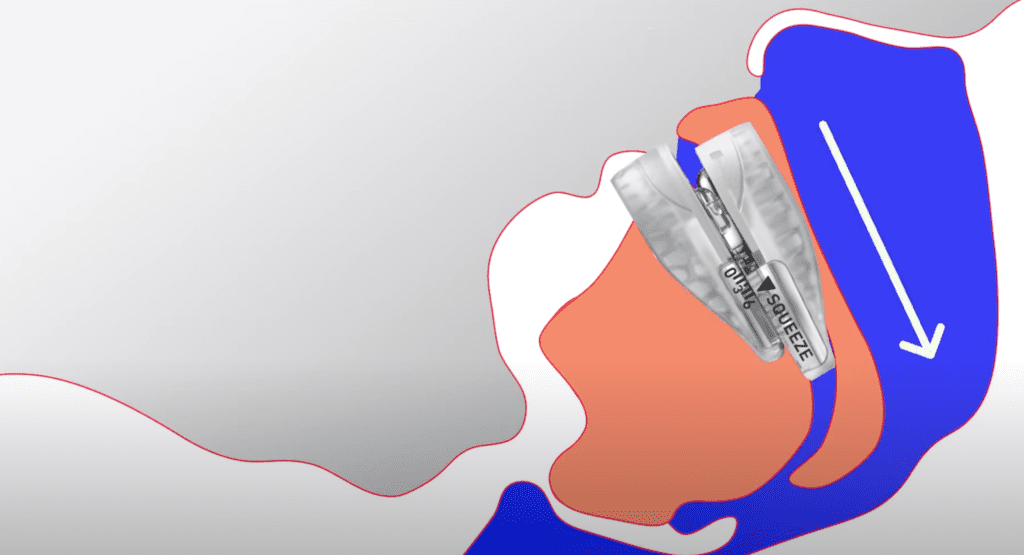
The SnoreRx stands out as one of the most effective anti-snoring devices on the market for those seeking relief without a prescription. What separates SnoreRx from competitors is its patented Micro-Fit technology that allows for precise 1mm adjustments – offering 10 different positions to find the optimal fit for each user.
Unlike generic boil-and-bite devices, SnoreRx’s thermal-fit technology creates a custom dental impression similar to professional fittings. The medical-grade materials are FDA-cleared, BPA-free, and designed to last 9-15 months with proper care.
Many users particularly appreciate the built-in calibrator that shows exactly how far the jaw is being advanced, allowing for gradual adjustments as the body adapts. This feature significantly improves comfort and compliance compared to other over-the-counter options.
For mild sleep apnea sufferers who can’t tolerate CPAP or haven’t yet obtained a custom oral appliance, SnoreRx offers a clinically-supported interim solution.
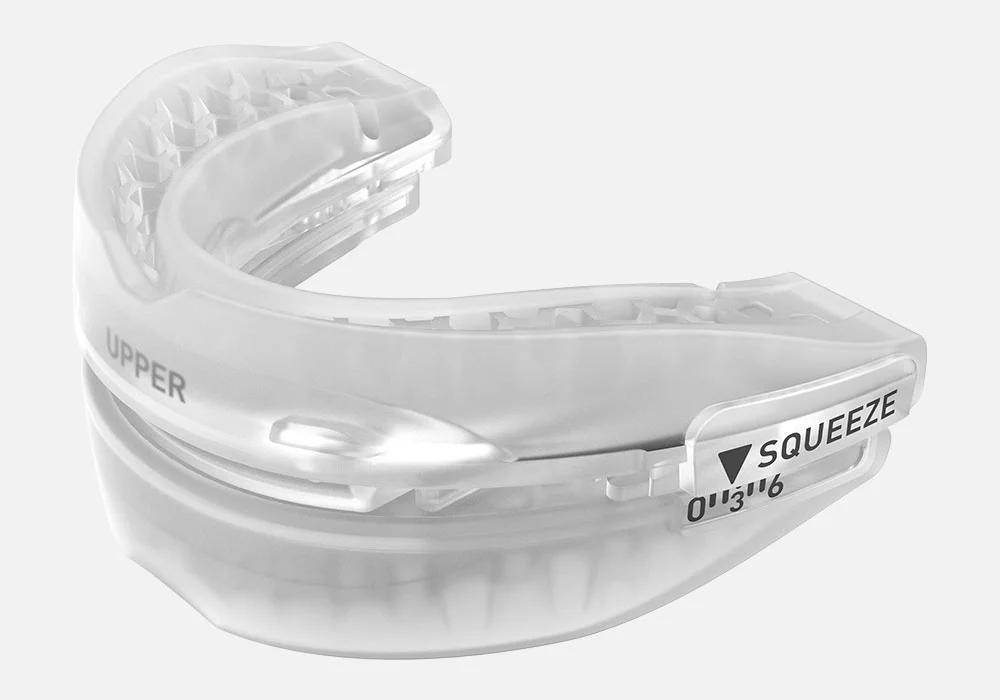
Why SnoreRx is recommended:
- Precision 1mm adjustments with visual calibration
- Custom thermal-fit impression process
- Medical-grade, FDA-cleared materials
- Full mouth breathing capability
ZQuiet
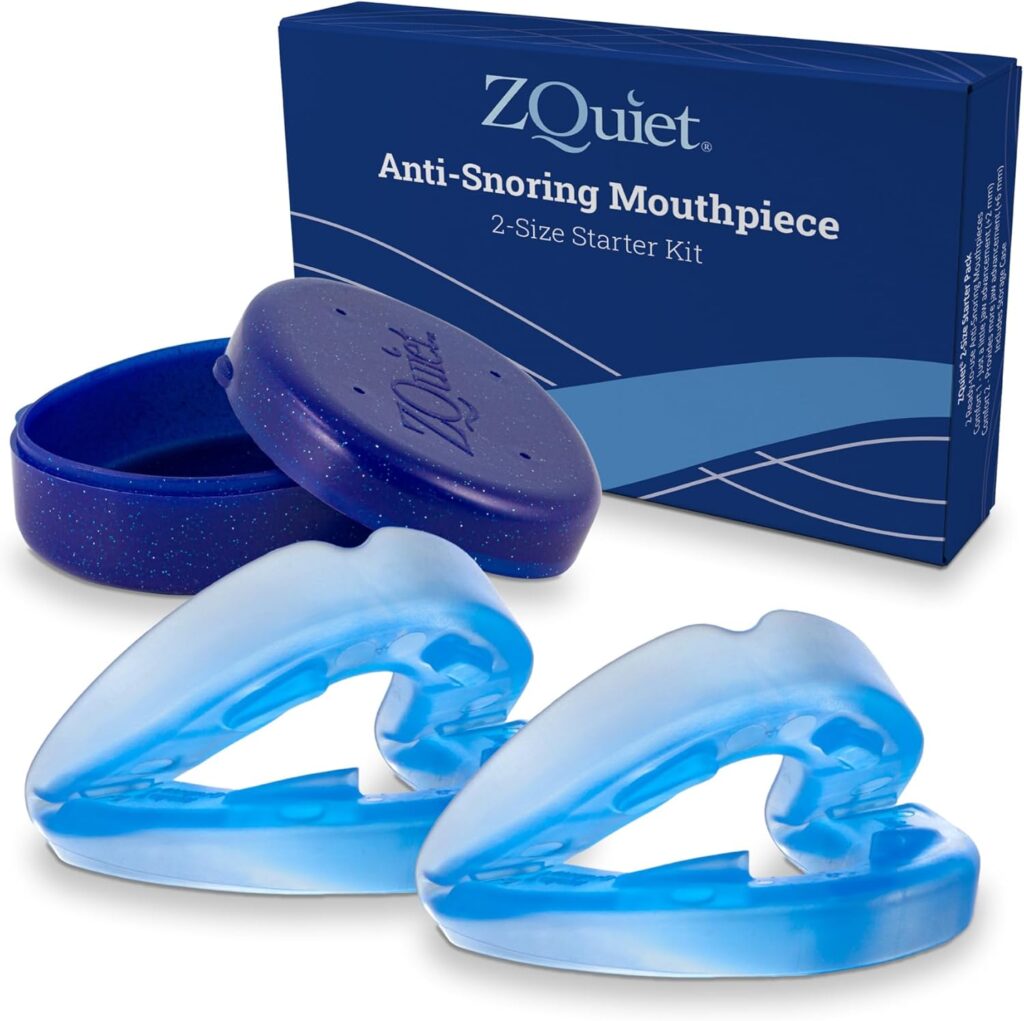
This flexible, hinged device allows for mouth movement and speaking while worn. The ZQuiet comes in a two-size starter kit so users can try different advancement levels.
Good Morning Snore Solution
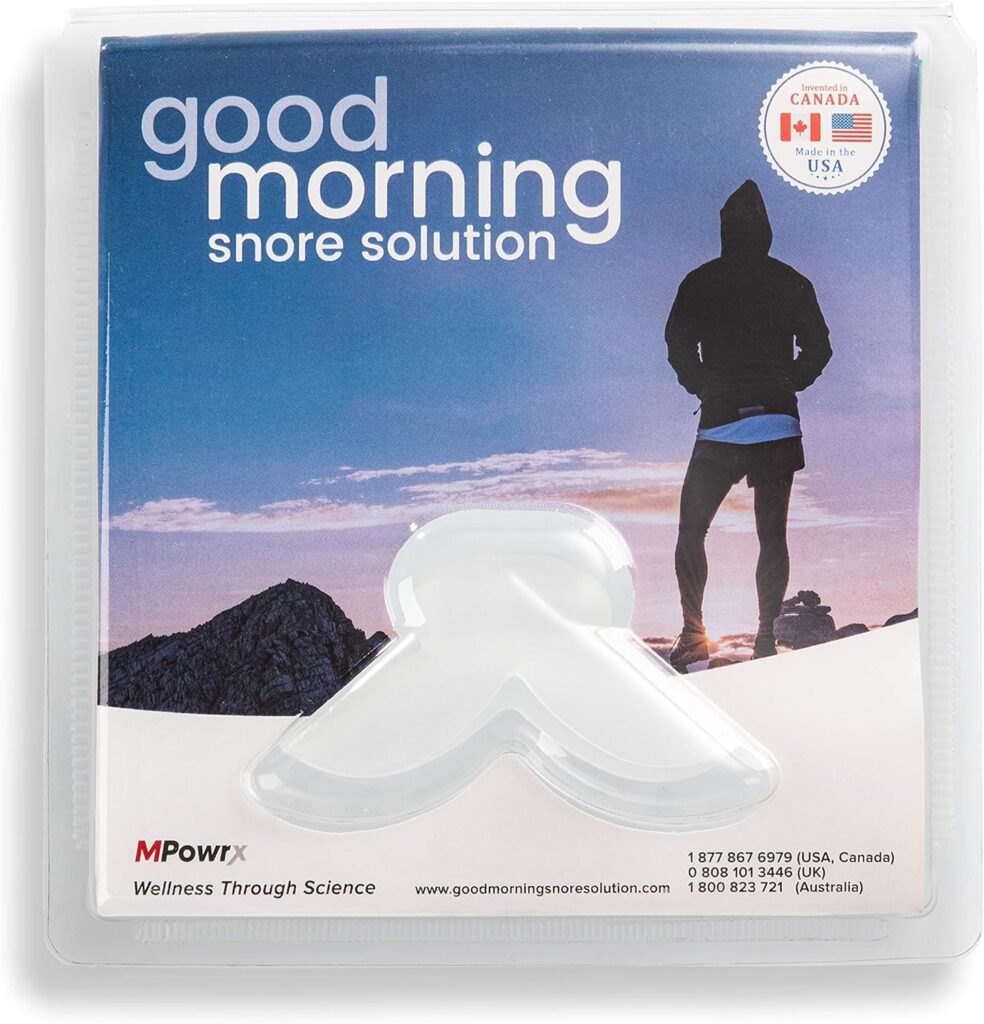
Unlike traditional MADs, this anti-snoring device uses tongue displacement technology – it’s essentially a tongue retainer that’s particularly useful for denture wearers.
If you’re specifically looking for snoring solutions, check out my comprehensive guide to snore prevention mouth guards for more targeted information on these and other anti-snoring options.
How to Get Fitted for a Sleep Apnea Mouthguard: Complete Process Guide
The effectiveness of any oral appliance depends largely on proper fitting. Here’s what to expect:
- Consultation with a sleep specialist and/or dentist with sleep medicine training
- Dental impressions or digital scanning of your mouth
- Custom fabrication of your device
- Initial fitting and adjustment
- Follow-up appointments to ensure comfort and effectiveness
This process typically spans several weeks but results in a device precisely tailored to your anatomy.
Does Insurance Cover Sleep Apnea Mouthpieces? Medicare & Private Insurance Guide
Many insurance plans, including Medicare and private insurers, may cover sleep apnea oral appliances (like mouthpieces) when deemed medically necessary, such as for obstructive sleep apnea (OSA) diagnosed through a sleep study. However, coverage policies can vary significantly, so always check with your provider.
To improve your chances of coverage:
- Obtain a formal sleep apnea diagnosis through a sleep study (Lofta’s home sleep test offers a convenient alternative to overnight lab testing).
- Get a prescription from your doctor
- Working with in-network providers to potentially lower costs
- Document CPAP intolerance if applicable
- Requesting predetermination or prior authorization to clarify coverage beforehand
Out-of-pocket costs can range widely. Over-the-counter options might cost a few hundred dollars, while custom-fitted devices, which are typically covered, can range from $1,500 to $3,000. Most plans require meeting your deductible first, and you may still pay a percentage (like 20% for Medicare) even with coverage.
For the latest details, visit CMS Medicare Coverage or contact your insurer.
How to Clean and Maintain Your Sleep Apnea Mouthpiece: Extending Lifespan
Proper maintenance extends the life of your device and protects your oral health:
- Clean your appliance daily with a soft brush
- Soak regularly in manufacturer-recommended solutions
- Store in a ventilated case when not in use
- Bring to dental appointments for professional cleaning
- Replace as recommended (typically every 2-5 years)
With proper care, most quality devices last several years before needing replacement.
How to Choose the Best Sleep Apnea Mouthpiece
The best oral appliance for your sleep apnea depends on several factors:
- Severity of your sleep apnea
- Your sleeping position and habits
- Dental health and jaw structure
- Personal comfort preferences
- Budget constraints
Comparing Custom vs. Over-the-Counter Options
Custom Devices
Pros
- Precisely fitted to your mouth
- Typically more comfortable
- Better adjustment capabilities
- Generally more effective for moderate cases
- Often covered by insurance with prescription
Cons
- Higher cost ($1,500-3,000)
- Requires multiple dental visits
- Longer wait time to receive
Over-the-Counter Devices
Pros
- More affordable ($50-200)
- Immediate availability
- No professional visits required
- Good for travel or as backups
Cons
- Generic fit may cause discomfort
- Potentially less effective
- Shorter lifespan
- May cause more side effects if improperly fitted
Working closely with healthcare providers who understand both sleep medicine and dental applications will help you navigate these choices and find the device that will work best for your specific situation.
Conclusion: Finding Your Ideal Sleep Apnea Oral Appliance for Better Sleep
Living with sleep apnea doesn’t mean resigning yourself to restless nights or cumbersome equipment. Today’s oral appliances offer effective, comfortable solutions that fit seamlessly into your lifestyle.
Whether you’re newly diagnosed, struggling with CPAP compliance, or simply exploring your options, consider discussing oral appliances with your healthcare provider. The right device might be your pathway to refreshing sleep and energized days.
Remember, treating sleep apnea isn’t just about eliminating snoring—it’s about protecting your long-term health by ensuring your body receives the oxygen it needs all night long.
Frequently Asked Questions
What is an oral appliance for sleep apnea?
An oral appliance for sleep apnea is a custom-fitted device worn in the mouth during sleep. It works by repositioning the jaw or tongue to keep the airway open, reducing snoring and improving breathing.
How effective are oral appliances in treating sleep apnea?
Oral appliances can be highly effective for mild to moderate obstructive sleep apnea. Studies show they can reduce the apnea-hypopnea index (AHI) by 50% or more in many patients.
Can oral appliances replace CPAP therapy?
For some patients with mild to moderate sleep apnea, oral appliances can be an effective choice to CPAP. However, CPAP stays the gold standard for severe sleep apnea.
How long does it take to adjust to an oral appliance?
Most people adjust to their oral appliance within a few weeks. Some may experience temporary discomfort or excess salivation initially, but these issues typically decide with continued use.
Are oral appliances covered by insurance?
Many insurance plans cover oral appliances for sleep apnea, especially if CPAP therapy has been unsuccessful. Coverage varies, so it’s best to check with your insurance provider.
How often should an oral appliance be replaced?
With proper care, an oral appliance can last 2-5 years. Regular dental check-ups can help decide when replacement is necessary.
Can I use an over-the-counter oral appliance for sleep apnea?
While over-the-counter devices are available, custom-fitted appliances prescribed by a dentist or sleep specialist are generally more effective and comfortable for treating sleep apnea.
Do oral appliances work for all types of sleep apnea?
Oral appliances are most effective for obstructive sleep apnea. They’re not typically used for central sleep apnea, which requires different treatment approaches.
How do I clean my oral appliance?
Clean your oral appliance daily with a soft toothbrush and mild soap. Avoid hot water, which can warp the device.
Your dentist may recommend specific cleaning products.
Can I eat or drink while wearing my oral appliance?
It’s best to avoid eating or drinking (except for water) while wearing your oral appliance. Remove it before meals and brush your teeth before reinserting it.
Related Articles
- Sleep Apnea Mouth Guard vs CPAP: Which is Right for You?
- Tongue Exercises for Sleep Apnea: Natural Treatment Options
- BiPAP vs CPAP: Understanding the Differences in Sleep Apnea Therapy
- Best Wedge Pillows for Sleep Apnea: Improve Your Breathing at Night
- Snore Prevention Mouth Guard: Top Options Compared
- PureSleep vs SnoreRx: Anti-Snoring Mouthpiece Showdown
Health Disclaimer: This article is for informational purposes only and does not constitute medical advice. The content is not intended to be a substitute for professional medical advice, diagnosis, or treatment. Always seek the advice of your physician or other qualified health provider with any questions you may have regarding a medical condition. Never disregard professional medical advice or delay in seeking it because of something you have read online. Sleep apnea is a serious medical condition that requires proper diagnosis and treatment by qualified healthcare professionals.
Affiliate Disclosure: This article contains affiliate links. If you purchase products through these links, I may earn a small commission at no additional cost to you.

